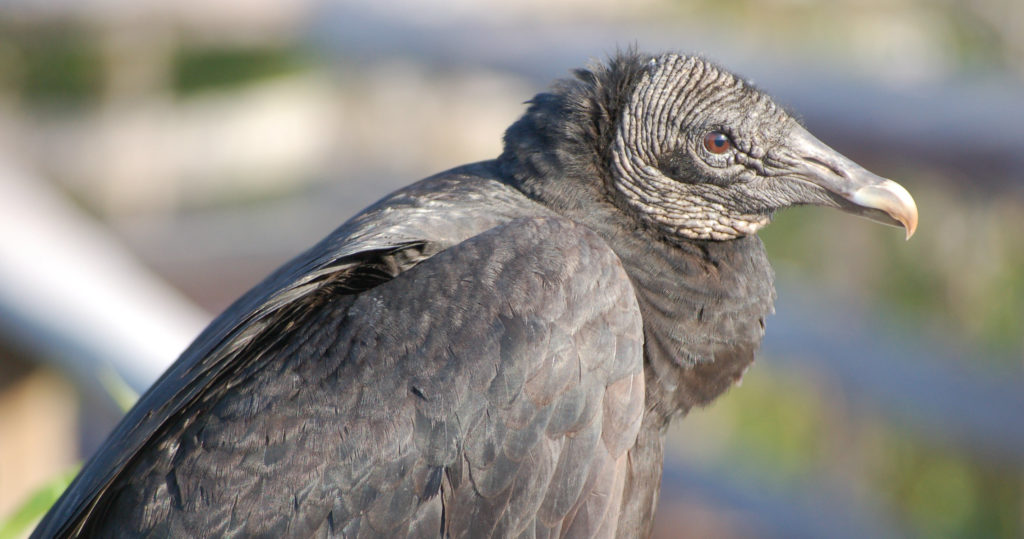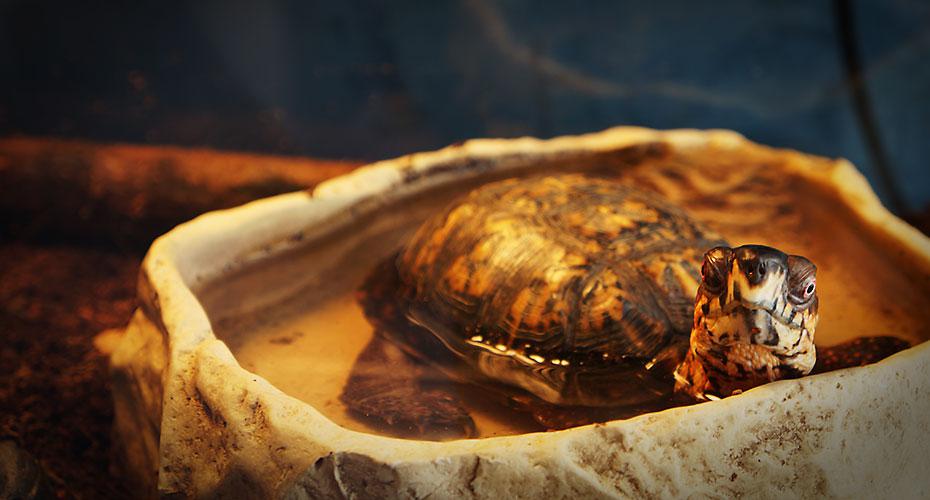In this activity students investigate how adaptations ensure that animals survive in their habitat.
What will happen when imaginary Sasquatch families need to leave the temperate rainforest of British Columbia and settle in other North American biomes?
Sasquatch (Sasquatch originalis) - a fictional mammal that lives in the mountains of BC Canada.
An adult Sasquatch is approximately 2 metres tall and has thick, brown fur and padded hands and feet with blunt claws. The Sasquatch is an omnivore, who prefers to eat small mammals, mushrooms and the needles of coniferous trees. The Sasquatch has no major predators, although on rare occasions one will be eaten by a desperately hungry bear. The Sasquatch must hunt quickly and carefully, because the animals they like to eat will run away quickly at any sight or sound of them.

The fictional Sasquatch lives in the mountains of BC in a temperate rainforest biome.
A biome is a community of plants and animals that have common characteristics for the environment they exist in.
Biomes can be found over a range of continents and are distinct biological communities that have formed in response to a shared physical climate. The climate of a BC temperate rainforest biome is moderate. Here, fresh, flowing water is readily available year-round.
Scenario: A disaster has destroyed the area where all Sasquatches live.
In order to survive, the Sasquatches may begin to roam all over North America in search of food and shelter. As they travel farther away from their original home, the food, climate and surrounding life forms slowly change. For the area assigned to you, predict how the Sasquatches may change after 1,000 generations have been born in the new environment.
Sasquatch groups become separated by distance and members can only now mate with those in the same travelling group. As time passes, Sasquatch babies will be born and many sasquatches will also die. Some Sasquatches are not able to stay alive in climates that are much hotter, colder or drier than the temperate rainforest. Many have difficulty finding food and some may get eaten by predators. Future generations of Sasquatches will find themselves living in very different environments and only those who are well adapted to those environments will be able to survive and reproduce.
What evolutionary changes do you predict may happen to endure their survival in a new biomes?



